Retirement should be a time of relaxation and enjoyment, not a time to worry about your finances because you live in a high cost-of-living area.
While some states offer a low cost of living and generous benefits for seniors, others can be prohibitively expensive.
This article explores the 17 states often considered the worst to retire in due to their high costs, helping retirees make an informed decision.
California
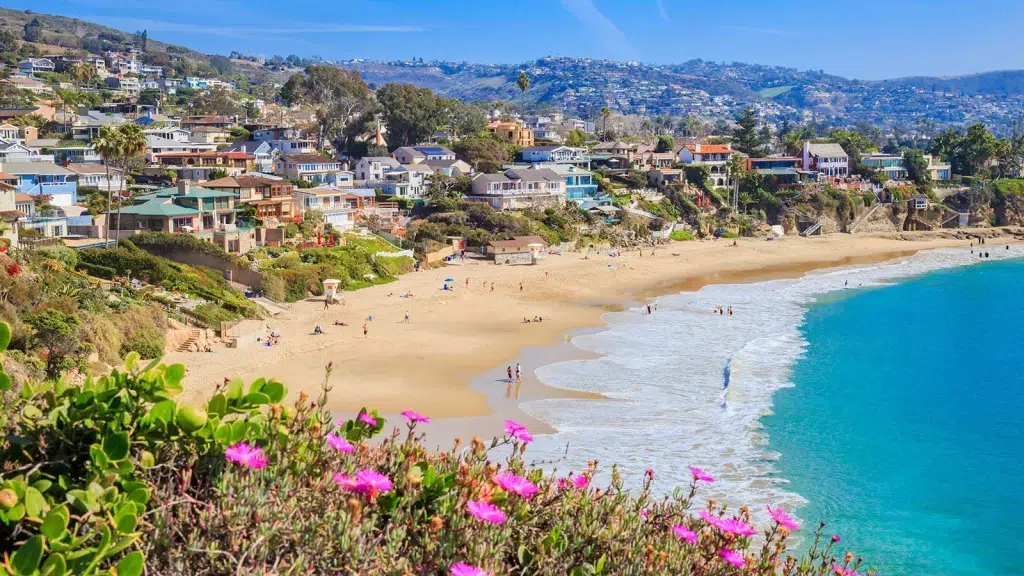
The sun, the surf, the stars—it’s like a magnet for dreamers. But that dream ain’t cheap, my friend. Let’s talk about housing. You want a shack with a view? Be prepared to fork over your firstborn. The demand for housing is sky-high, but the supply? Well, let’s just say it’s playing hide and seek.
Then there’s the cost of living. Groceries? Check. Gasoline? Double-check. Everything’s got a California surcharge slapped on it. And let’s not forget about taxes. They don’t call it the Golden State for nothing—’cause you’ll be paying through the nose for that gold. But hey, it’s all part of the California experience, right? Just gotta keep hustlin’ and hope your dreams outweigh your bills.
New York

New York’s living expenses, particularly in New York City, are among the highest in the nation.
The demand for housing and commercial space is through the roof, but the supply? Not so much. With limited space and tons of people wanting to cram into every nook and cranny, landlords can basically charge an arm, a leg, and maybe even your firstborn for a shoebox apartment in Manhattan.
Then there’s the cost of living. Everything in NYC seems to come with an extra dollar sign attached. From your morning coffee to your evening cocktail, you’re shelling out more cash than you’d like to admit. And especially the rent. It’s like playing a never-ending game of financial Tetris just to afford a halfway decent place to live.
Hawaii

Hawaii’s pricey reputation isn’t just a myth – it’s rooted in a mix of geography, demand, and the unique island lifestyle. Firstly, let’s talk about location, location, location. Hawaii is isolated in the middle of the Pacific Ocean, which means almost everything needs to be shipped in, from groceries to building materials. That long journey racks up transportation costs, which inevitably get passed on to consumers.
Then there’s the demand factor. Who wouldn’t want to live or vacation in paradise? The demand for housing, food, and entertainment is consistently high, driving prices up. Plus, limited land availability means there’s always competition for space, whether it’s for a beachfront hotel or a cozy bungalow.
The state has the highest cost of living in the U.S., driven by expensive housing and the costs of importing goods to the islands.
Massachusetts

Massachusetts is notorious for its high cost of living, and there are a few reasons why. Firstly, housing costs in the state can make your wallet gasp. Whether you’re looking to buy or rent, the prices are often sky-high, especially in bustling cities like Boston and Cambridge. Demand for housing outweighs the supply, which drives prices up.
Another big factor is the cost of healthcare and education. Massachusetts is home to some of the world’s most renowned hospitals and universities, which is fantastic for quality but not so much for your bank account. Healthcare costs can be steep, and if you’re looking to pursue higher education, be prepared to shell out some serious cash.
Alaska

Alaska’s jaw-dropping beauty comes with a huge price tag, and there are a few reasons behind its sky-high costs. Firstly, like Hawaii, the state’s remoteness makes everything more expensive. Getting goods to the Last Frontier involves shipping them over long distances, often by plane or boat, which racks up transportation costs. Plus, with its harsh winters, construction and maintenance in Alaska are more challenging, leading to higher prices for housing, utilities, and even simple things like groceries.
Secondly, Alaska’s economy is heavily reliant on industries like oil, fishing, and tourism. While these sectors bring in money, they also drive up living costs. When oil prices fluctuate, so does Alaska’s economy, affecting everything from job availability to the price of basic goods
Oregon

Oregon’s rising costs can be like a punch in the wallet, especially if you’re trying to settle down or just visit. One big reason for this is the booming population. More folks are flocking to Oregon, drawn by its stunning landscapes, outdoor activities, and a vibe that’s both chill and vibrant. But all those newcomers need places to live, and that’s driving up housing prices fast.
Then there’s the cost of living itself. Oregon isn’t exactly cheap when it comes to groceries, utilities, or even grabbing a cup of joe. Part of that is due to higher wages, sure, but it’s also because Oregon likes to keep things eco-friendly and sustainable, which can sometimes mean pricier products and services.
Connecticut
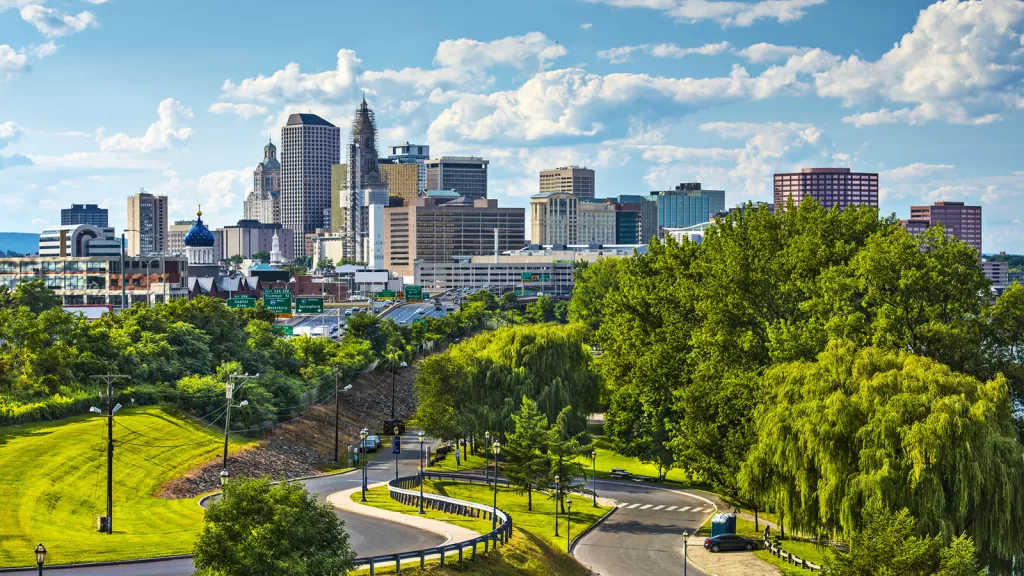
Connecticut might seem like a tiny state on the map, but it sure packs a punch when it comes to expenses. One big reason for its high costs is its proximity to major urban hubs like New York City and Boston. Think about it like this: living near the Big Apple or Beantown means you get all the perks of city life without the insane crowds and constant hustle. So, folks who want that suburban bliss but still need to commute to the big leagues end up settling in Connecticut, driving up the demand for housing and services, which in turn jacks up the prices.
Another thing driving up the price tags in Connecticut is its snazzy reputation. It’s got this upscale vibe going on, with posh neighborhoods, fancy restaurants, and top-notch schools.
New Jersey
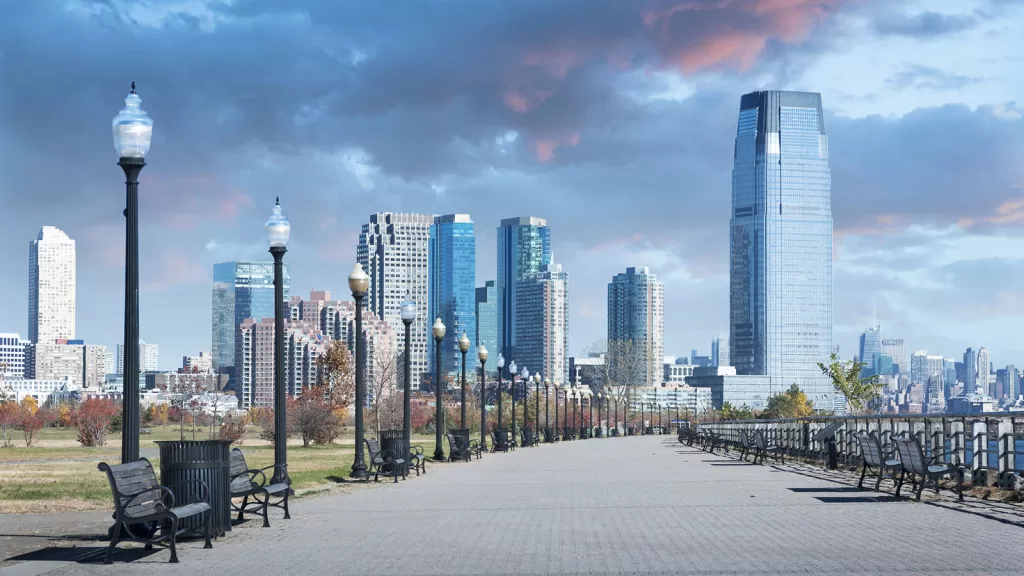
New Jersey’s high cost of living can be chalked up to a mix of factors. For starters, it’s all about location. Situated near bustling metropolises like New York City and Philadelphia, Jersey’s real estate prices often reflect the convenience of being close to major job markets and cultural hubs. That means if you want a piece of the Garden State, be ready to fork over some serious dough for a slice of property.
But it’s not just about the real estate. Taxes play a big role too. New Jersey has some of the highest property taxes in the nation, which can really add up over time. And let’s not forget about the cost of living expenses like groceries, utilities, and healthcare, which can also be on the steep side.
Rhode Island
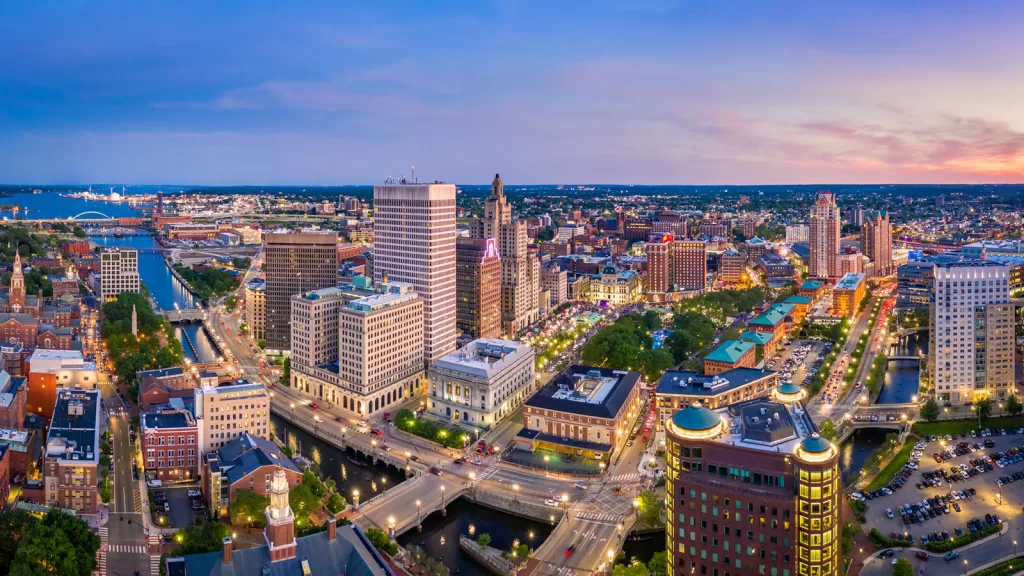
Rhode Island, the smallest state, has a high cost of living, particularly in terms of housing and healthcare costs.
One reason for the high expenses is its prime location. Sandwiched between major cities like Boston and New York, Rhode Island enjoys the perks of being in the middle of all the action. But that comes at a cost – literally. The demand for housing in the state is sky-high, with folks willing to pay a premium for a slice of that New England charm without straying too far from the urban hubs.
Moreover, Rhode Island isn’t exactly known for its abundance of land. With limited space available, the cost of real estate shoots up faster than a fireworks display on the Fourth of July. Whether you’re renting or buying, you’ll likely feel the squeeze on your budget.
Maryland
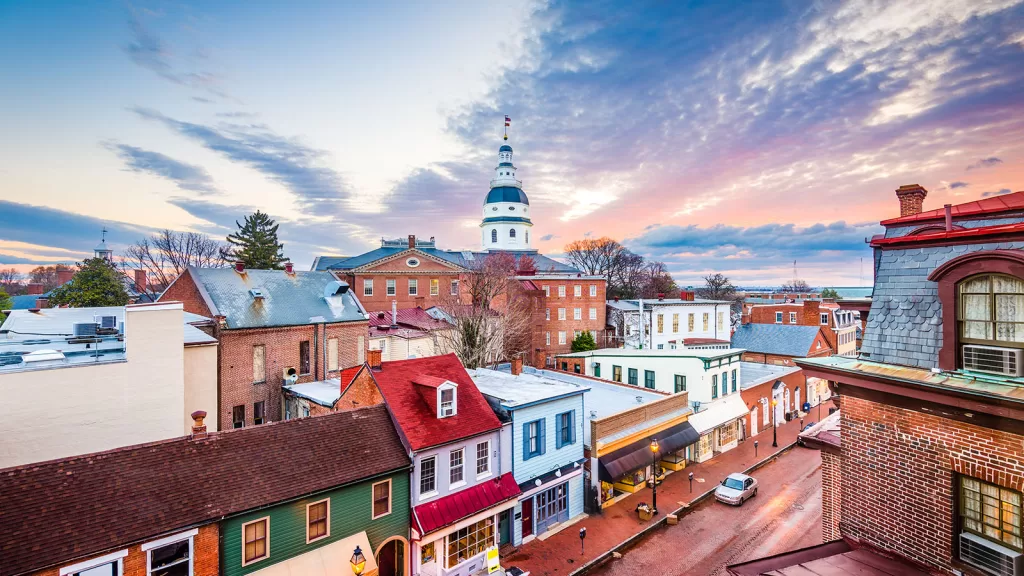
Maryland’s expensive reputation isn’t just a rumor—it’s rooted in a mix of factors that can make your wallet feel lighter than a feather. One big reason is its prime location. Nestled between bustling cities like Washington D.C. and Baltimore, Maryland offers a convenient spot for commuters and city-dwellers alike. But with convenience comes a hefty price tag.
Housing costs in particular can send shockwaves through your bank account, with demand driving up prices faster than a hot potato in a game of economic musical chairs. Whether you’re eyeing a cozy apartment or a suburban mansion, be prepared to shell out some serious dough.
Vermont
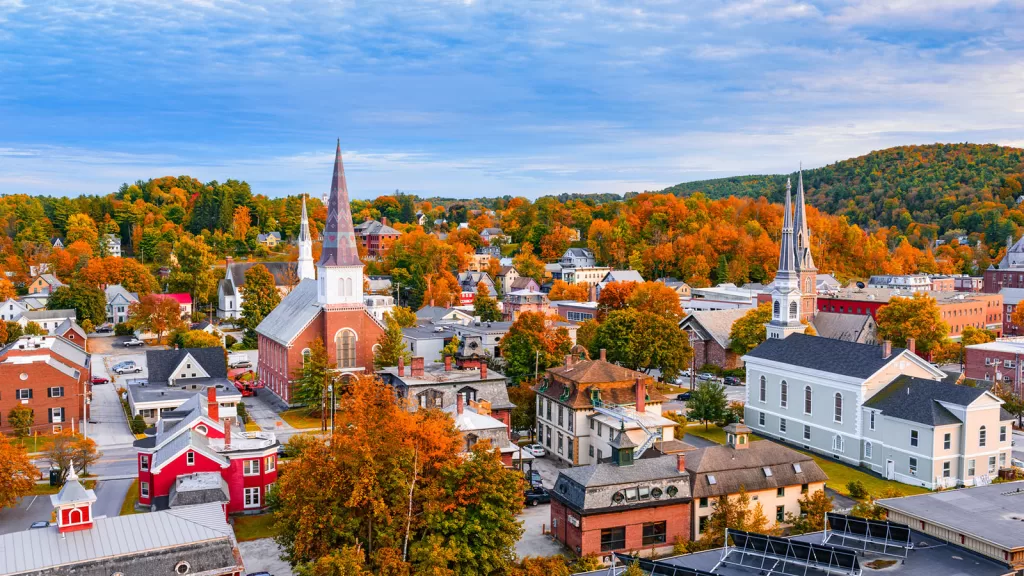
Vermont’s charming countryside and picturesque landscapes might make it seem like a dreamy, affordable place to settle down, but don’t let the serene vistas fool you—living in the Green Mountain State can put a hefty dent in your wallet.
One of the main culprits behind Vermont’s high cost of living is its housing market. With its small towns and limited housing supply, finding a decent place to live at a reasonable price can feel like searching for a needle in a haystack. This scarcity drives up property values and rents, making housing expenses a significant burden for residents.
Another factor contributing to Vermont’s expense is its relatively high taxes. While the state boasts of its natural beauty and progressive policies, these come at a cost. Vermont levies property taxes, income taxes, and sales taxes, all of which can take a sizable chunk out of your paycheck.
Washington State
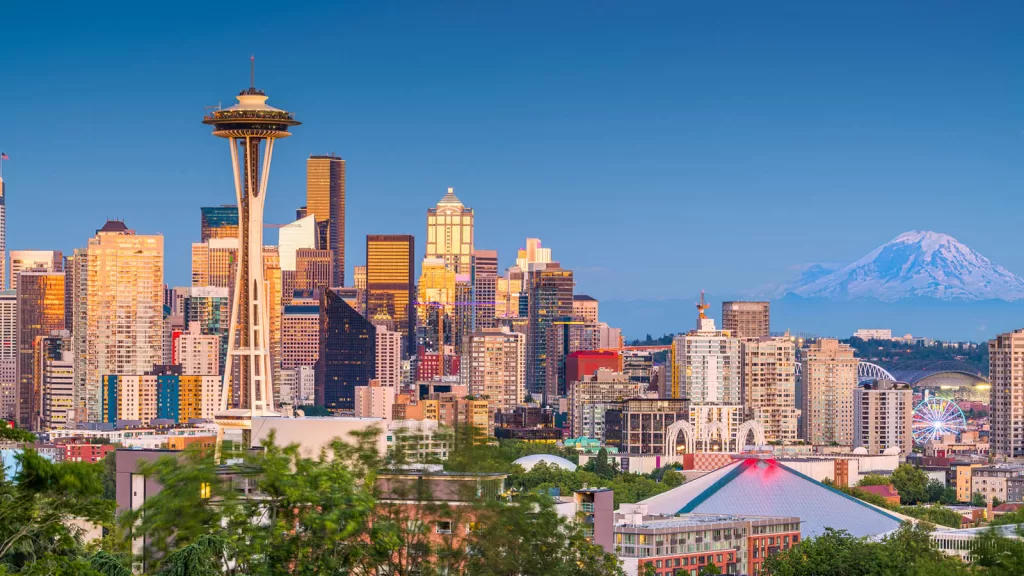
Washington State has a reputation for being pricey, and there are a few reasons why. Firstly, it’s the location. The state is nestled in the beautiful Pacific Northwest, surrounded by stunning mountains, lush forests, and picturesque coastline. This natural beauty attracts a lot of people who want to live here, which drives up the demand for housing and pushes prices higher.
Another factor is the cost of living. Washington has no state income tax, which sounds great on the surface, but that means the state relies heavily on sales tax and other fees to generate revenue. This can make everyday expenses like groceries, dining out, and transportation more expensive compared to other states.
Maine

Maine might seem like a slice of heaven with its rugged coastline, fresh seafood, and charming small towns, but living there comes with a price tag that can make your wallet wince. One big reason is the cost of housing. With its stunning natural beauty, everyone wants a piece of Maine, from retirees looking for a peaceful spot to settle down to tourists craving a taste of the great outdoors. This high demand drives up housing prices, whether you’re buying a cozy cabin in the woods or a seaside mansion with panoramic ocean views.
Plus, with harsh winters, heating costs can pile up faster than snowdrifts, adding another expense to the mix.
Another factor in Maine’s pricey reputation is its isolation. While being tucked away in the northeastern corner of the country adds to its charm, it also means that getting goods and services to the state can be more costly.
Colorado
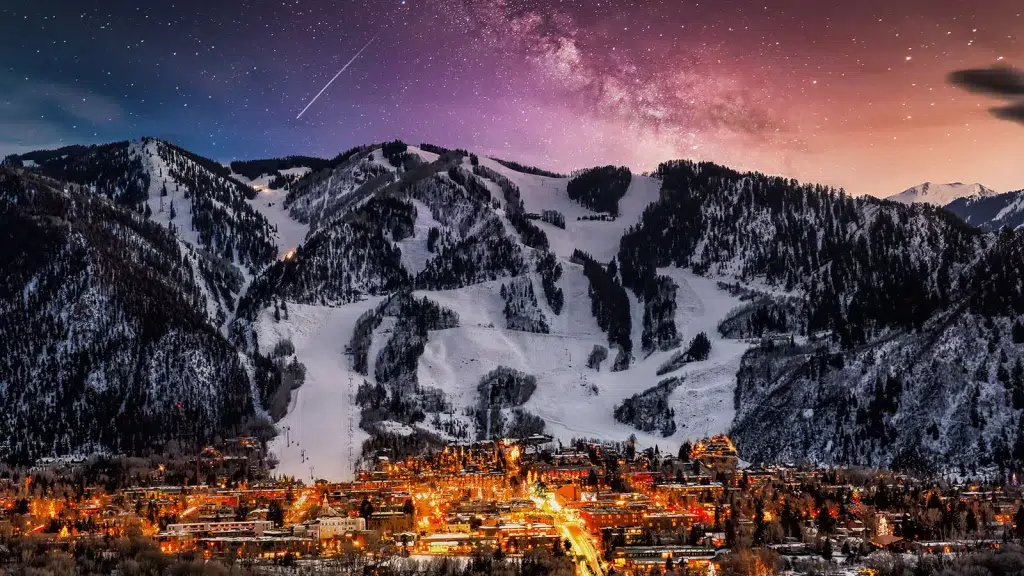
Colorado’s got a lot going for it, and that’s part of why it can cost a pretty penny to live there. First off, let’s talk about the scenery. I mean, have you seen those mountains? People are willing to shell out some serious cash to wake up to that view every day. Plus, with all those outdoor activities like skiing, hiking, and mountain biking, there’s always something to do, which drives up the demand for housing and pushes prices up.
Then there’s the job market. Colorado’s economy has been booming, especially in sectors like tech and healthcare.
Minnesota
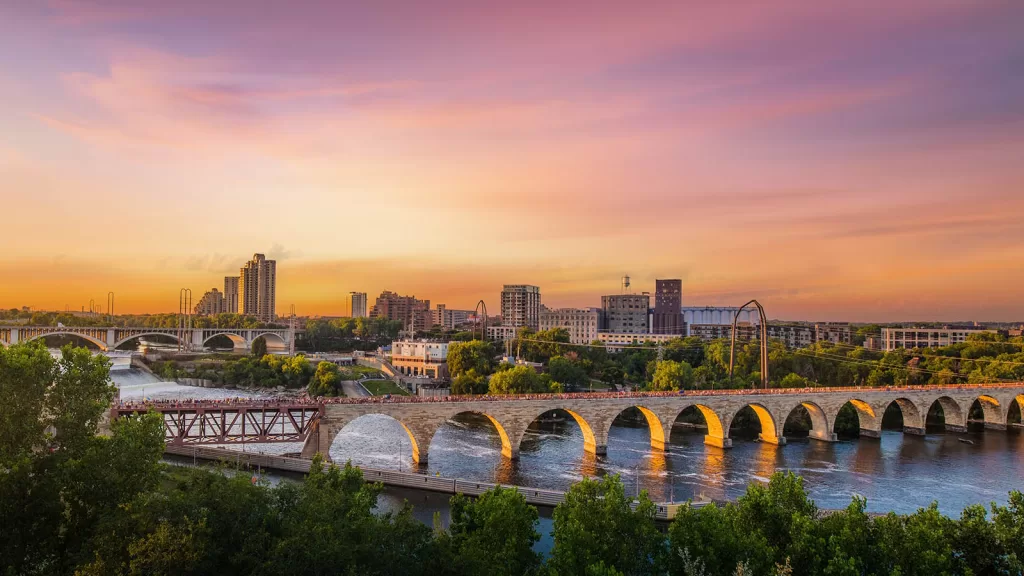
Minnesota can seem pricey for a couple of reasons. Firstly, the cost of living tends to be higher in cities like Minneapolis and St. Paul compared to more rural areas. Rent and housing prices can be steep, especially in trendy neighborhoods or areas close to downtown. Plus, the winters can be brutal, so heating bills can add up fast.
Secondly, Minnesota boasts a strong economy with plenty of job opportunities, particularly in sectors like healthcare, finance, and technology. When there’s high demand for workers, salaries can rise, but so can the cost of goods and services. That means you might earn more here, but you’ll also be shelling out more for everyday expenses. It’s a trade-off that some folks are willing to make for the quality of life Minnesota offers.
Illinois

Illinois can seem like a pricey place to live, and there are a few reasons why. First off, let’s talk taxes. Illinois has some hefty property taxes, which can really dig into your wallet, especially if you’re a homeowner. Then there’s the sales tax, which can stack up when you’re buying everything from groceries to gadgets. And let’s not forget about income tax—it’s not the lowest around. All these taxes can add up and make the cost of living feel pretty steep.
Another big factor driving up costs in Illinois is the housing market. In places like Chicago, housing prices can be sky-high, making it tough for folks to find affordable places to live. And if you’re renting, well, get ready to shell out a pretty penny because rents can be steep too. Plus, utilities and other living expenses can also be on the higher side compared to other states. So, when you add it all up, Illinois might leave you feeling a little light in the wallet.
Nevada
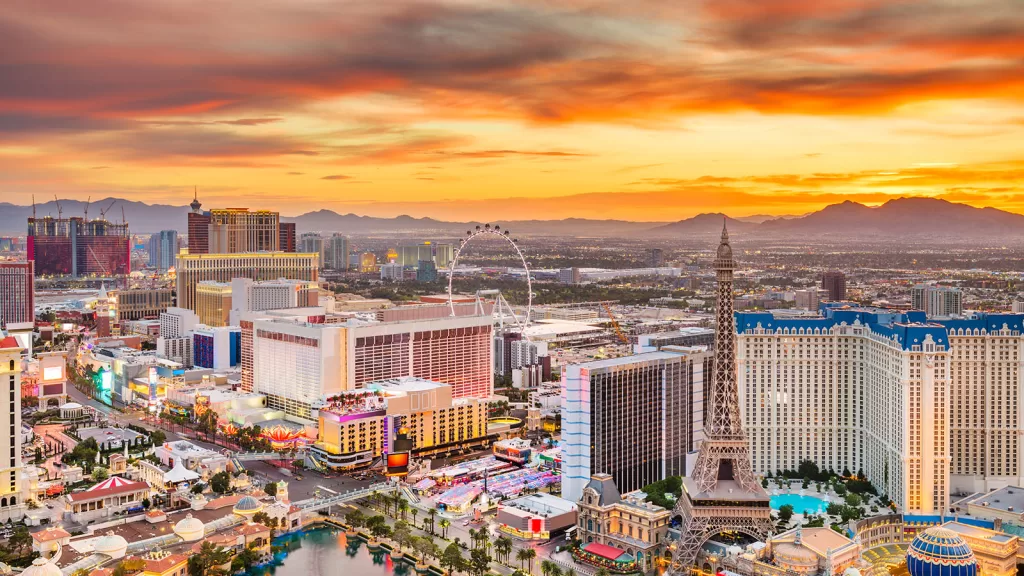
Nevada’s reputation for being pricey can be chalked up to a few key factors. Nevada sits smack dab in the middle of the desert, and while that desert might be stunningly beautiful, it’s not exactly teeming with resources. So, things like food and water often have to be trucked in from elsewhere, which ain’t cheap. Plus, with all the glitz and glam of Las Vegas, you’re paying for that entertainment capital status.
Then there’s the housing market, which can be a bit of a shocker for newcomers. With cities like Reno and Vegas experiencing rapid population growth, housing prices have shot through the roof. It’s a classic case of supply and demand – more people moving in means more competition for housing, and landlords and sellers aren’t exactly shy about capitalizing on that.
What Can You Do?
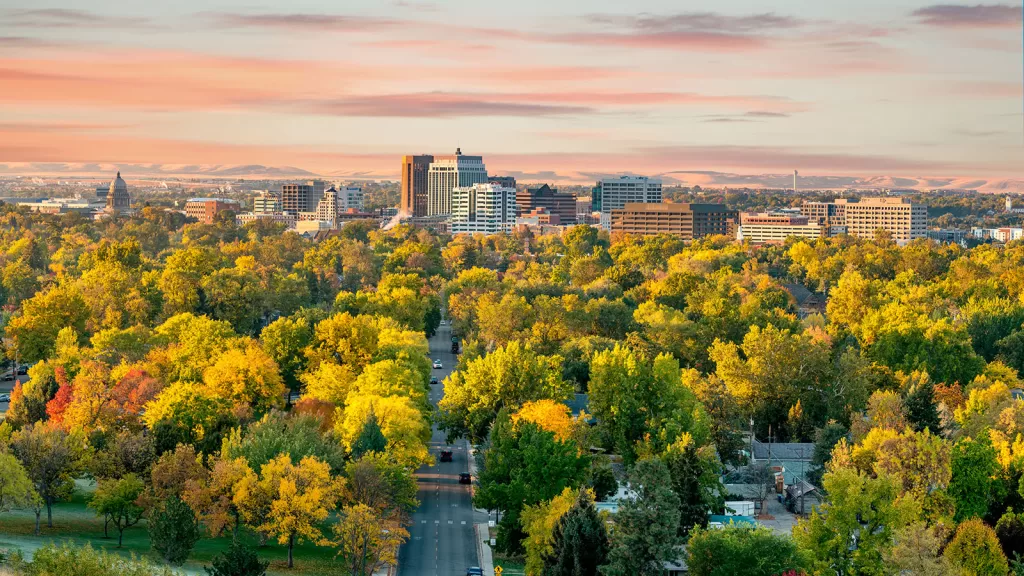
Retiring in an expensive state can be challenging, but it’s not impossible. Retirees should consider their financial situation, lifestyle preferences, and healthcare needs when choosing a retirement destination. States with a higher cost of living might offer cultural, natural, or familial attractions that outweigh the financial drawbacks. Ultimately, the decision should be based on a comprehensive understanding of costs and benefits.



